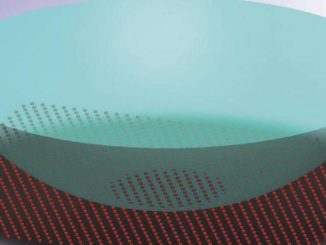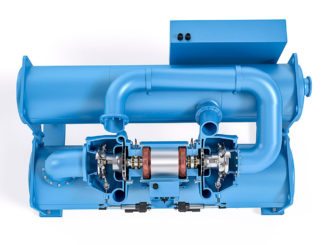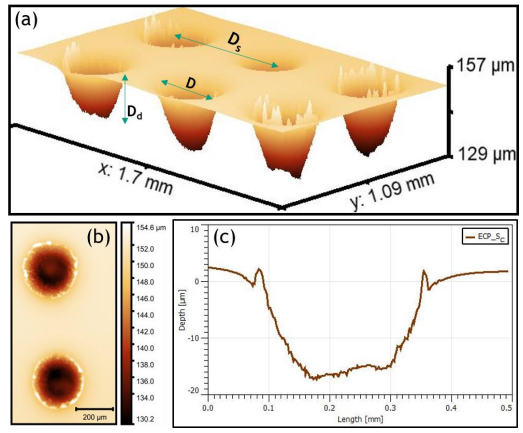Founder of TriboNet, Editor, PhD (Tribology), Tribology Scientist at ASML, The Netherlands. Expertise in lubrication, friction, wear and contact mechanics with emphasis on modeling. Creator of Tribology Simulator.
Superlubricity by means of repulsive van der Waals forces

Superlubricity, a state of low friction (<0.001), can be achieved by different mechanisms. The structural superlubricity occurs, if the crystal lattices of the contacting bodies are incommensurate. Nano-scrolls may act as a bearing and may also lead to the superlubricity state by changing the friction from sliding to rolling. Generation of hydrogen bonded layer, may lead to low friction coefficient in a macro-scale if the glycerol-water mixture is used.
Researchers from Royal Institute of Technology, Stockholm designed a lubricated system with friction coefficient <0.0003. The system consisted of a gold sphere, attached to AFM tip and smooth Teflon (PTFE) surface, separated by cyclohexane. This state of low friction was achieved by utilizing the repulsive van der Waals forces, raised in the system before the surfaces came into contact. As discussed by the authors, for most of the systems, van der Waals forces are attractive and can be calculated for a sphere of radius ![]() and separation between the surfaces
and separation between the surfaces ![]() using the following relation:
using the following relation:
![]()
The constant ![]() is a Hamaker constant, which can be positive, but sometimes also negative. In the latter case, repulsive forces arise. The authors measured the separation – force curve and obtained the Hamaker by fitting the presented equation and obtained a value of
is a Hamaker constant, which can be positive, but sometimes also negative. In the latter case, repulsive forces arise. The authors measured the separation – force curve and obtained the Hamaker by fitting the presented equation and obtained a value of ![]() . They observed a divergence of the force derivative at small separations, indicating a large repulsive forces in this range. By applying a normal load of 30nN and sliding the gold sphere on PTFE substrate, the authors could not detect measurable friction. Since the resolution of the equipment was limited to 10pN, they concluded, that the friction coefficient is lower than 0.0003. It was argued, that this was a results of the action of the repulsive van der Waals forces, which separated the surfaces from direct contact.
. They observed a divergence of the force derivative at small separations, indicating a large repulsive forces in this range. By applying a normal load of 30nN and sliding the gold sphere on PTFE substrate, the authors could not detect measurable friction. Since the resolution of the equipment was limited to 10pN, they concluded, that the friction coefficient is lower than 0.0003. It was argued, that this was a results of the action of the repulsive van der Waals forces, which separated the surfaces from direct contact.
Obtained results clearly indicate the possibility to employ the repulsive forces to separate the surfaces and achieve low friction. And although the number of the systems with repulsive van der Waals forces is limited, it includes metal bearings in a PTFE housing and organic lubricant and some combinations of ceramic materials, as discussed by the authors.
The details of the research can be found in Superlubricity Using Repulsive van der Waals Forces by Adam A. Feiler, Lennart Bergström and Mark W. Rutland.
Credit for image: Superlubricity Using Repulsive van der Waals Forces by Adam A. Feiler, Lennart Bergström and Mark W. Rutland.
Leave a Reply
You must be logged in to post a comment.






























“Nano-scrolls may act as a bearing and may also lead to the superlubricity state by changing the friction from sliding to rolling. Generation of hydrogen bonded layer, may lead to low friction coefficient in a macro-scale….”
This can be achieved in the macro-scale with solid core endohedral metallofullerenes (covered in graphene layers) that are hydrogenated on the surface. In ISS-ISN technology, nascent hydrogen is formed in excess and can bond to the graphitic outer shell of the solid polishing spheres. This may be a contributing mechanism to the remarkable tribological properties of SGANs (surface-graphitized abrasive nanoparticles).
interesting concept , Mr Rick i would like to talk about it in detail and i am interested in working in this direction ,can you pray provide your email so that i can contact you .